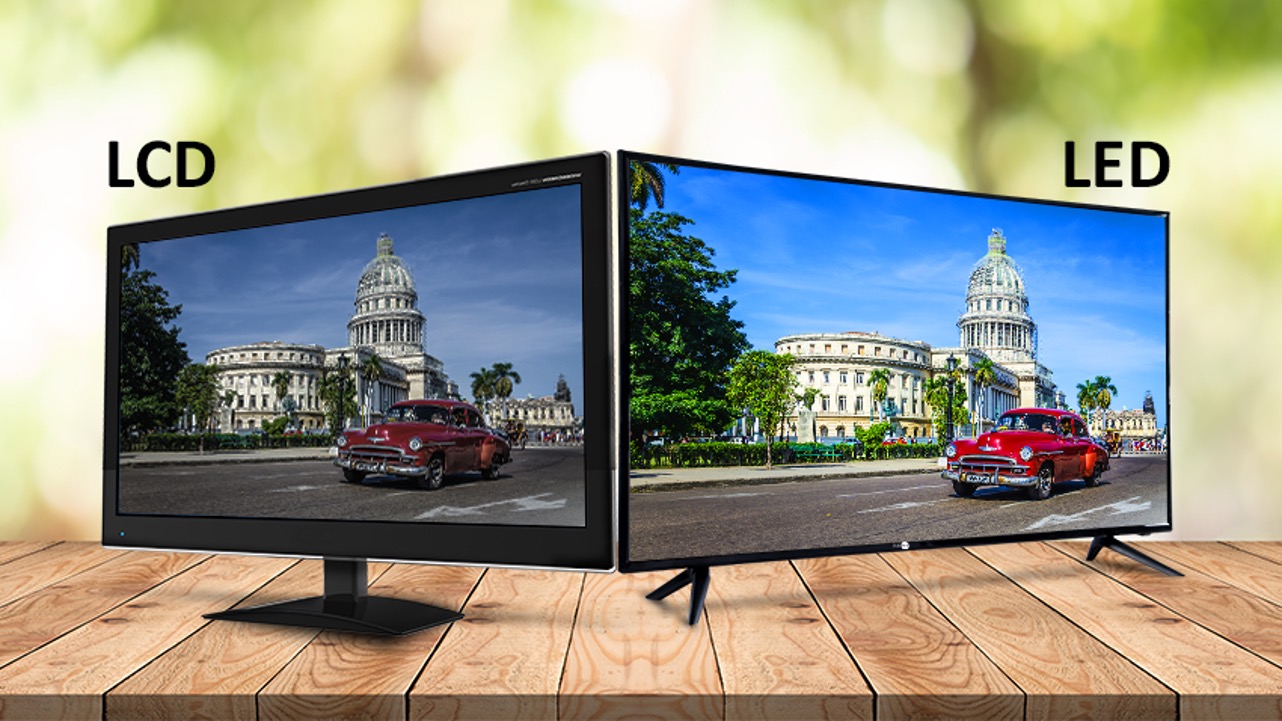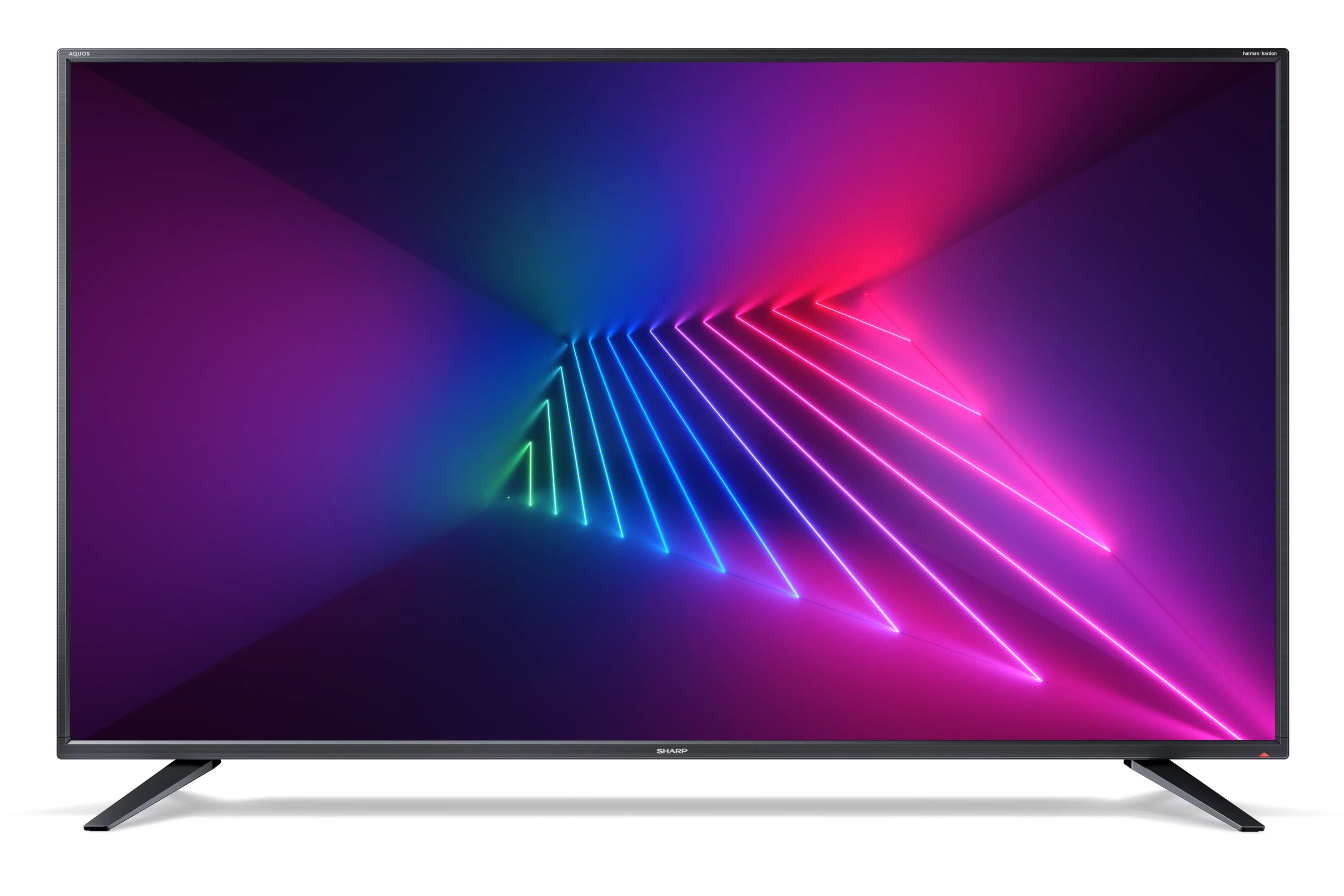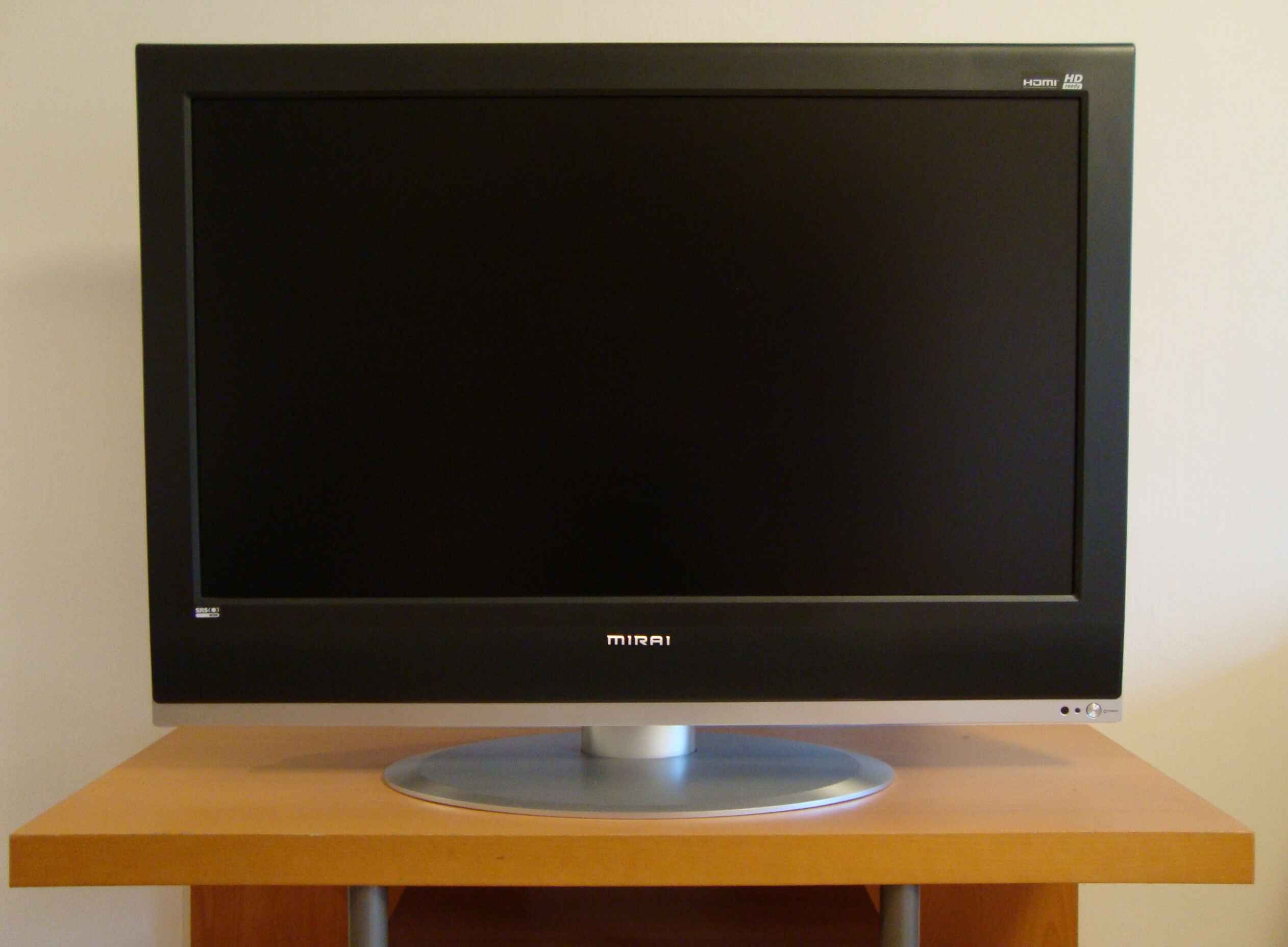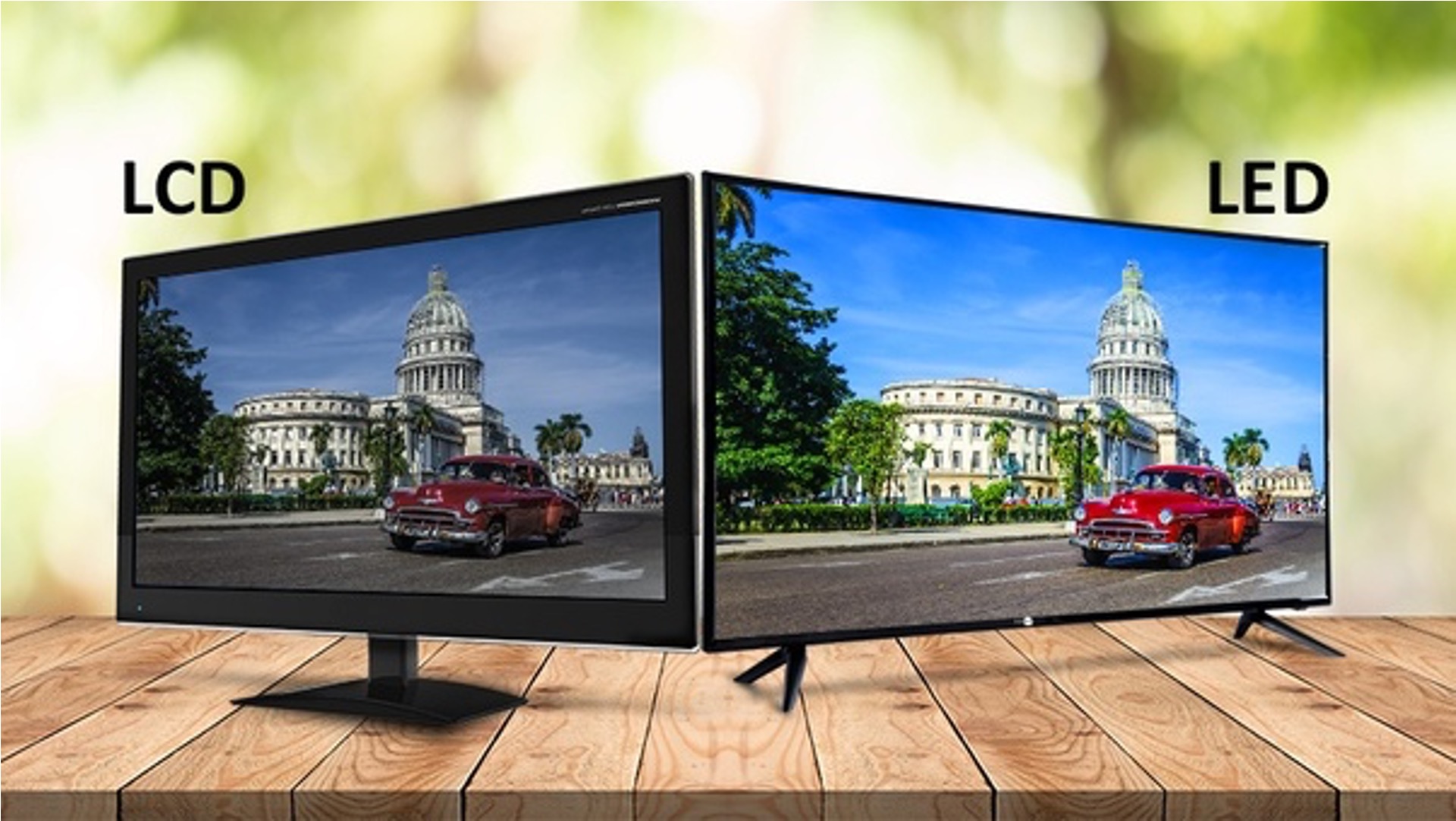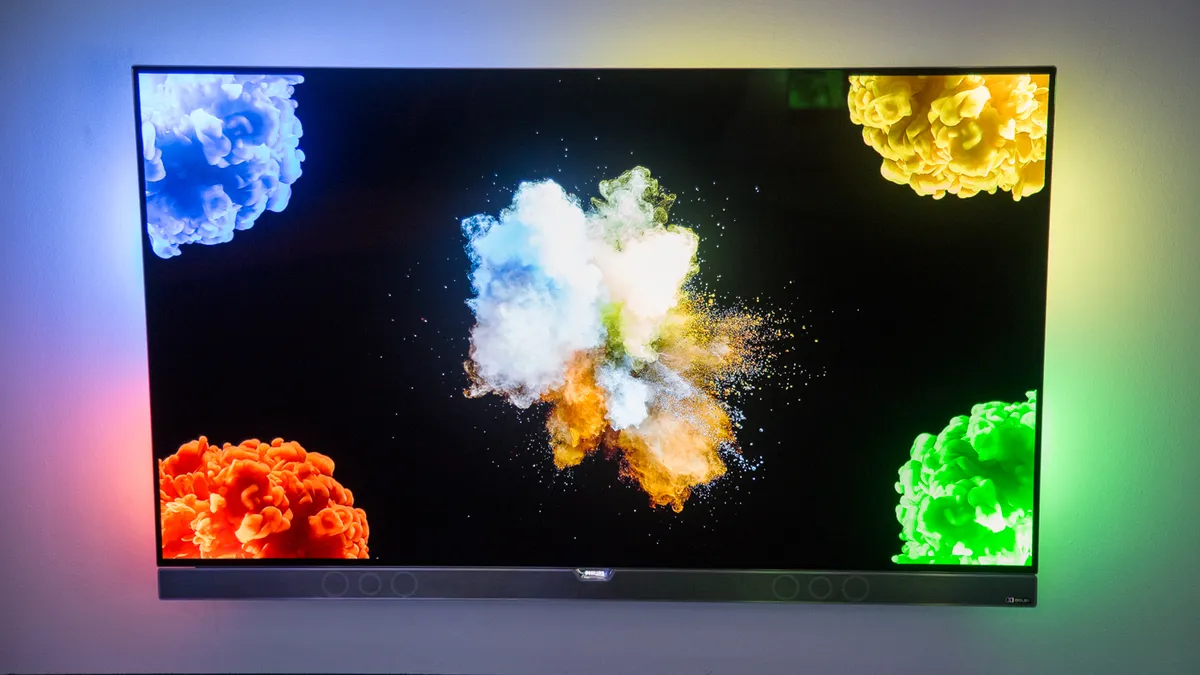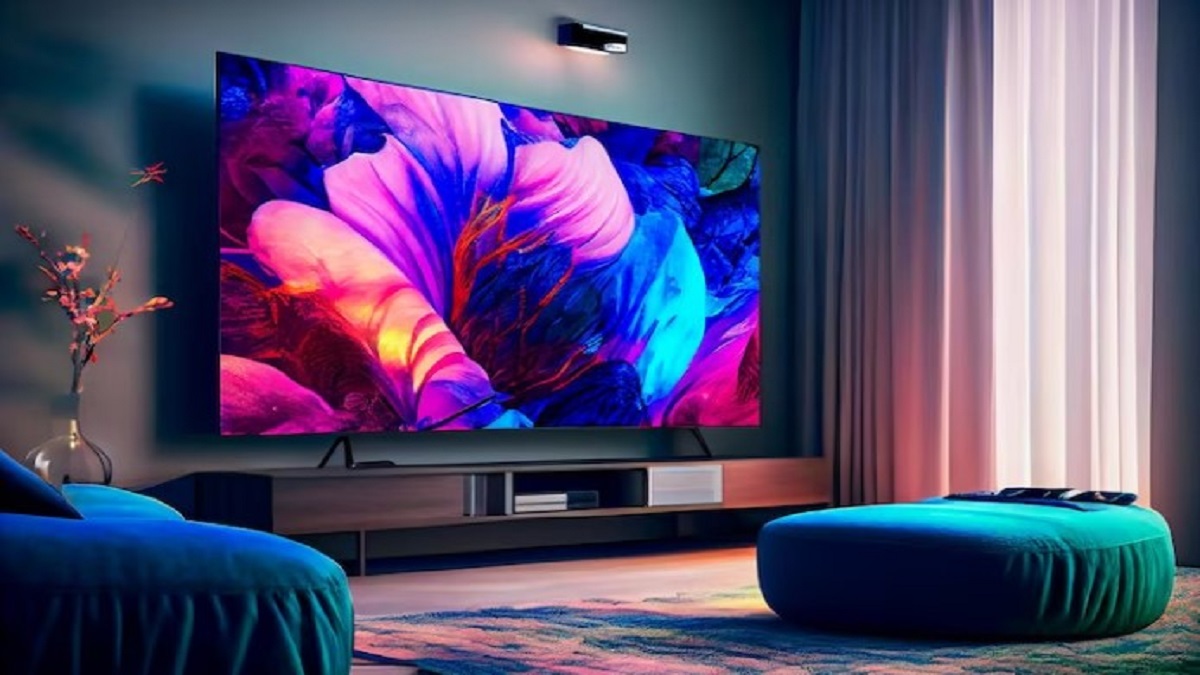Introduction
In today’s technology-driven world, televisions have become an integral part of our lives. With the rapid advancements in TV technology, we are now presented with a variety of options, including LCD and LED TVs. These two options are often compared for their performance and features, but one important consideration is their energy efficiency.
An LCD (Liquid Crystal Display) TV uses a different technology than an LED (Light Emitting Diode) TV. As a result, they have different energy consumption rates. Understanding the energy efficiency of each type can help consumers make an informed decision when purchasing a new TV, taking into account both the environmental impact and long-term energy costs.
In this article, we will explore the differences between LCD and LED TVs and delve into their energy efficiency. We will examine how these TVs work, compare their power consumption, and discuss the various factors that influence their energy efficiency. By the end of this article, you will have a better understanding of which type of TV uses less electricity and which might be the better choice for your needs.
What are LCD and LED TVs?
LCD and LED TVs are two popular types of televisions available on the market today. Although they may seem similar, there are significant differences in the technology they use to create images.
An LCD TV utilizes a liquid crystal display panel to produce images. Inside the panel, liquid crystals are sandwiched between two layers of glass. These liquid crystals react to an electric charge, causing changes in their alignment and allowing or blocking light from passing through. This manipulation of light creates the images you see on the screen.
On the other hand, LED TVs are similar to LCD TVs but employ a different method to provide backlighting. Instead of using cold cathode fluorescent lamps (CCFL), LED TVs utilize an array of light-emitting diodes (LEDs) for backlighting. These tiny LEDs are positioned behind the LCD panel and emit light to illuminate the screen.
The primary difference between LCD and LED TVs lies in the backlighting technology. LCD TVs rely on the CCFL tubes, while LED TVs use energy-efficient LEDs. This distinction has a significant impact on energy consumption, with LED TVs generally being more energy efficient.
It’s worth noting that LED TVs are often referred to as “LED-LCD” due to the combination of LED backlighting and LCD display technology. This terminology can sometimes lead to confusion, but it is important to understand that LED TVs are essentially a subset of LCD TVs with a different type of backlight.
How do LCD and LED TVs work?
Understanding how LCD and LED TVs work is essential in appreciating their differences in energy efficiency. Both types of TVs rely on the principles of light manipulation to create images, but the technology behind the scenes varies.
For LCD TVs, the liquid crystal display panel is the key component responsible for producing images. This panel consists of millions of tiny liquid crystals, which are arranged in a grid-like pattern. Each crystal behaves like a tiny light valve, allowing or blocking light from passing through based on electrical signals received.
When you turn on an LCD TV, a bright white light source – typically cold cathode fluorescent lamps (CCFL) – located at the back of the panel illuminates the screen. This light passes through a series of polarizing filters before reaching the liquid crystal layer. The electrical charge applied to each liquid crystal determines how much light can pass through, effectively controlling the brightness and color of each pixel.
On the other hand, LED TVs use light-emitting diodes (LEDs) for backlighting. These small semiconductors emit light when an electric current passes through. In LED TVs, an array of these LEDs is positioned behind the LCD panel. The LEDs can be either directly behind the panel (known as direct LED) or placed along the edges of the screen (known as edge-lit LED).
When an LED TV is turned on, the LEDs emit white light that passes through the LCD panel. Similar to LCD TVs, the liquid crystals in the panel control the amount of light that can pass through each pixel, resulting in the creation of images on the screen. LED TVs offer more precise control over local dimming, as they can selectively dim or turn off specific areas of the screen to enhance contrast and black levels.
In summary, LCD TVs use liquid crystals to manipulate light from a backlight source, while LED TVs use LEDs for backlighting. This distinction in technology leads to differences in energy consumption, with LED TVs being generally more energy efficient due to the use of LEDs that can be dimmed or turned off when not needed.
Energy Efficiency of LCD TVs
LCD TVs have been a popular choice for consumers over the years due to their affordability and availability in various sizes and models. However, when it comes to energy efficiency, LCD TVs tend to consume more power compared to LED TVs.
One of the primary reasons for the higher power consumption of LCD TVs is their use of cold cathode fluorescent lamps (CCFL) for backlighting. These lamps require a significant amount of energy to produce the necessary brightness levels across the screen.
The CCFL tubes used in LCD TVs have a constant power output, which means that they are continuously powered on, even when displaying darker scenes. This leads to inefficient use of energy, as the backlight remains at the same brightness regardless of the content being displayed.
Moreover, LCD TVs often suffer from light leakage, where some of the backlight escapes through the liquid crystal layer, resulting in reduced contrast levels. To compensate for this, LCD TVs need to increase the brightness of the backlight, further adding to their power consumption.
However, it’s important to note that recent advancements in LCD TV technology have led to improvements in energy efficiency. Some models now feature LED backlighting, known as LED-LCD TVs, which offer better energy efficiency compared to traditional CCFL-based models.
LED-LCD TVs utilize an array of energy-efficient LEDs for backlighting, allowing for better control and dimming capabilities. This means that the LEDs can be dimmed or turned off in darker scenes, resulting in energy savings. Additionally, LED-LCD TVs generally have better contrast ratios and more accurate color reproduction, enhancing the overall viewing experience.
To ensure optimal energy efficiency when using an LCD TV, consider adjusting the display settings to reduce brightness, contrast, and backlight levels. Also, avoid leaving the TV powered on when not in use and consider using power-saving features, such as sleep mode or automatic shut off.
While LCD TVs may consume more power compared to LED TVs, it’s worth noting that advancements in technology have led to increased energy efficiency. When comparing LCD TVs, look for models with LED backlighting to enjoy the benefits of improved energy efficiency without compromising on picture quality.
Energy Efficiency of LED TVs
LED (Light Emitting Diode) TVs are known for their superior energy efficiency compared to other types of televisions. The use of LED backlighting technology significantly reduces power consumption while still providing excellent picture quality.
LED TVs utilize an array of light-emitting diodes as the light source for the backlighting. These LEDs are more energy-efficient than the cold cathode fluorescent lamps (CCFL) found in traditional LCD TVs. The LEDs used in LED TVs are designed to produce bright, vibrant light while using much less energy.
One of the main advantages of LED backlighting is its ability to selectively dim or turn off specific areas of the screen. This feature, known as local dimming, allows LED TVs to produce deep blacks and high contrast levels. By dimming or turning off the LEDs in dark areas of the image, LED TVs conserve energy while still maintaining picture quality.
In addition to local dimming, LED TVs also offer better control over brightness levels. Most LED TVs have adjustable backlight settings, allowing users to lower the brightness to their desired level. Lowering the backlight not only reduces power consumption but also creates a more comfortable viewing experience, particularly in darker environments.
Furthermore, LED TVs have quicker startup times compared to LCD TVs. The LEDs can turn on and reach full brightness almost instantaneously, whereas CCFL lamps require some warm-up time. This instantaneous startup minimizes energy wastage and allows users to enjoy their favorite content without delays.
LED TVs are available in two main types: direct LED and edge-lit LED. Direct LED TVs have LEDs distributed uniformly behind the entire screen, providing more precise control over local dimming. Edge-lit LED TVs, on the other hand, have LEDs placed along the edges of the screen, which allows for a thinner and more lightweight design. While direct LED TVs generally offer better energy efficiency and local dimming capabilities, both types are more energy-efficient than traditional LCD TVs.
To optimize energy efficiency when using an LED TV, it is recommended to adjust the brightness and backlight settings according to your preferences and the lighting conditions in the room. Additionally, taking advantage of power-saving features, such as automatic shut-off or sleep mode, can further enhance energy efficiency.
Overall, LED TVs are an excellent choice for those looking to reduce their energy consumption without compromising on picture quality. The combination of LED backlighting technology, local dimming, and adjustable brightness settings make LED TVs one of the most energy-efficient options available in the market today.
Power Consumption Comparison of LCD and LED TVs
When it comes to power consumption, LED TVs have a clear advantage over LCD TVs. The use of energy-efficient LEDs for backlighting significantly reduces the power needed to operate an LED TV compared to traditional LCD TVs.
CCFL-based LCD TVs have a constant power output for their backlighting, regardless of the content being displayed. This means that the backlight is always on at a consistent brightness level, resulting in higher power consumption. On the other hand, LED TVs employ LEDs that can be dimmed or turned off in darker scenes, providing energy savings.
LED backlighting technology allows LED TVs to dynamically adjust the brightness levels according to the content being displayed. For example, in a scene with predominantly dark areas, the LEDs can be dimmed or turned off in those areas, reducing power consumption. This ability to selectively dim or turn off specific areas of the screen is known as local dimming, and it is a key factor in the energy efficiency of LED TVs.
Additionally, LED TVs often have adjustable backlight settings that allows users to manually reduce the brightness level. By lowering the backlight, users can further decrease power consumption without sacrificing picture quality. Some LED TVs even offer energy-saving modes that automatically optimize the backlight and other settings to minimize power usage.
The difference in power consumption between LCD and LED TVs becomes more pronounced as the screen size increases. Larger screens require more backlighting, resulting in higher overall power consumption. LED TVs tend to be more energy-efficient even in larger sizes, making them a better choice for those conscious about their energy usage.
However, it’s important to consider that power consumption can vary among different models and manufacturers. It’s always a good practice to review the energy efficiency ratings and specifications provided by the manufacturer or refer to reliable sources for power consumption comparisons between specific models.
In general, LED TVs consume less power compared to LCD TVs due to their energy-efficient LED backlighting technology and the ability to adjust brightness levels and utilize local dimming. This translates to not only lower energy costs but also a reduced environmental impact.
When considering a new TV purchase, it is advisable to prioritize LED TVs for their superior energy efficiency, particularly if you are looking for long-term energy savings and a greener lifestyle.
Factors Affecting Power Consumption
Several factors can influence the power consumption of both LCD and LED TVs. Understanding these factors can help users make informed decisions to optimize energy efficiency and reduce their overall electricity usage.
1. Screen Size: Generally, larger screens require more power for backlighting. This means that a larger TV will consume more electricity compared to a smaller one of the same type. If energy efficiency is a concern, choosing a TV size that suits your needs without excessive screen real estate can help minimize power consumption.
2. Display Settings: The brightness, backlight, and contrast settings on a TV can significantly affect power consumption. Higher brightness and backlight levels require more power, while lower levels consume less energy. Adjusting these settings according to the lighting conditions in your viewing environment can help strike a balance between power consumption and viewing experience.
3. Content Being Displayed: The type of content being displayed on the TV can also impact power consumption. Bright and colorful scenes typically require more backlighting and, therefore, more power compared to darker or more subdued scenes. Action-packed sequences or fast-paced content can also increase power consumption due to the increased processing demands on the TV’s components.
4. Energy-Saving Features: Most modern TVs, including both LCD and LED models, come with energy-saving features and power management options. These can include automatic shut-off timers, sleep modes, or power-saving presets. Enabling these features can help reduce idle power consumption when the TV is not actively being used.
5. Viewing Habits: The frequency and duration of TV usage can also impact power consumption. If the TV is left on for extended periods without being actively watched, unnecessary power is being consumed. Developing mindful viewing habits, such as turning off the TV when not in use or utilizing power-saving modes, can lead to significant energy savings over time.
It’s important to note that while LED TVs generally have better energy efficiency compared to LCD TVs, the factors mentioned above apply to both types of televisions. By considering these factors and taking appropriate actions, consumers can actively contribute to reducing their environmental footprint and lowering electricity bills.
Ultimately, making conscious choices regarding screen size, display settings, content, and energy-saving features can help optimize power consumption and enhance the overall energy efficiency of your TV.
Other Considerations
While energy efficiency is an essential factor to consider when choosing between LCD and LED TVs, there are other considerations that can help you make a well-informed decision based on your specific needs and preferences.
1. Cost: LED TVs generally have a higher initial cost compared to LCD TVs. However, it’s important to consider the long-term savings in energy costs that LED TVs can provide. Over time, the energy efficiency of LED TVs can offset the higher upfront investment.
2. Picture Quality: LED TVs are known for their superior picture quality, offering better contrast, deeper blacks, and more accurate color reproduction compared to LCD TVs. If picture quality is a priority for you, LED TVs are more likely to meet your expectations.
3. Viewing Angle: LCD TVs typically have a more limited viewing angle compared to LED TVs. This means that the image quality may degrade if viewed from an off-center position. LED TVs, on the other hand, usually offer wider viewing angles, allowing for a better viewing experience, even from different angles.
4. Available Features: Both LCD and LED TVs come with a range of features, such as smart capabilities, built-in streaming services, and connectivity options. Consider the features that are important to you and verify that the chosen TV model meets your requirements.
5. Durability: LED TVs are known for their longer lifespan compared to LCD TVs. LEDs have a longer operational life and are less prone to burn-in or image retention issues. Considering the durability of the TV can help you avoid frequent replacements and reduce electronic waste.
6. Environmental Impact: Energy-efficient LED TVs have a smaller carbon footprint compared to LCD TVs. By choosing a TV with better energy efficiency, you can contribute to reducing greenhouse gas emissions and minimize your environmental impact.
When making a decision, it’s essential to carefully weigh these considerations and prioritize the factors that align with your specific preferences, budget, and values. Remember to read reviews, compare specifications, and consider long-term energy and cost savings to make a well-rounded choice that meets both your entertainment needs and environmental goals.
Conclusion
When it comes to energy efficiency, LED TVs have a clear advantage over LCD TVs. The use of energy-efficient LED backlighting technology, combined with features like local dimming and adjustable brightness settings, allows LED TVs to consume less power while still delivering superior picture quality.
While LCD TVs have made advancements in energy efficiency, particularly those with LED backlighting, they still tend to consume more power compared to LED TVs. The constant power output of cold cathode fluorescent lamps (CCFL) used in LCD TVs results in less efficient energy consumption.
Factors such as screen size, display settings, content being displayed, energy-saving features, and viewing habits also influence the power consumption of both LCD and LED TVs.
It’s crucial to consider other aspects like cost, picture quality, viewing angles, available features, durability, and the environmental impact when making a decision between LCD and LED TVs.
Ultimately, LED TVs offer a better overall package, combining energy efficiency, superior picture quality, wider viewing angles, and a longer lifespan. They provide an excellent option for those seeking to reduce energy consumption, minimize their environmental impact, and enjoy a high-quality viewing experience.
When purchasing a new TV, take the time to research and compare different models, considering the specific features and energy efficiency ratings. By selecting an energy-efficient LED TV that aligns with your needs, you can not only save on electricity costs but also contribute to a greener and more sustainable future.







